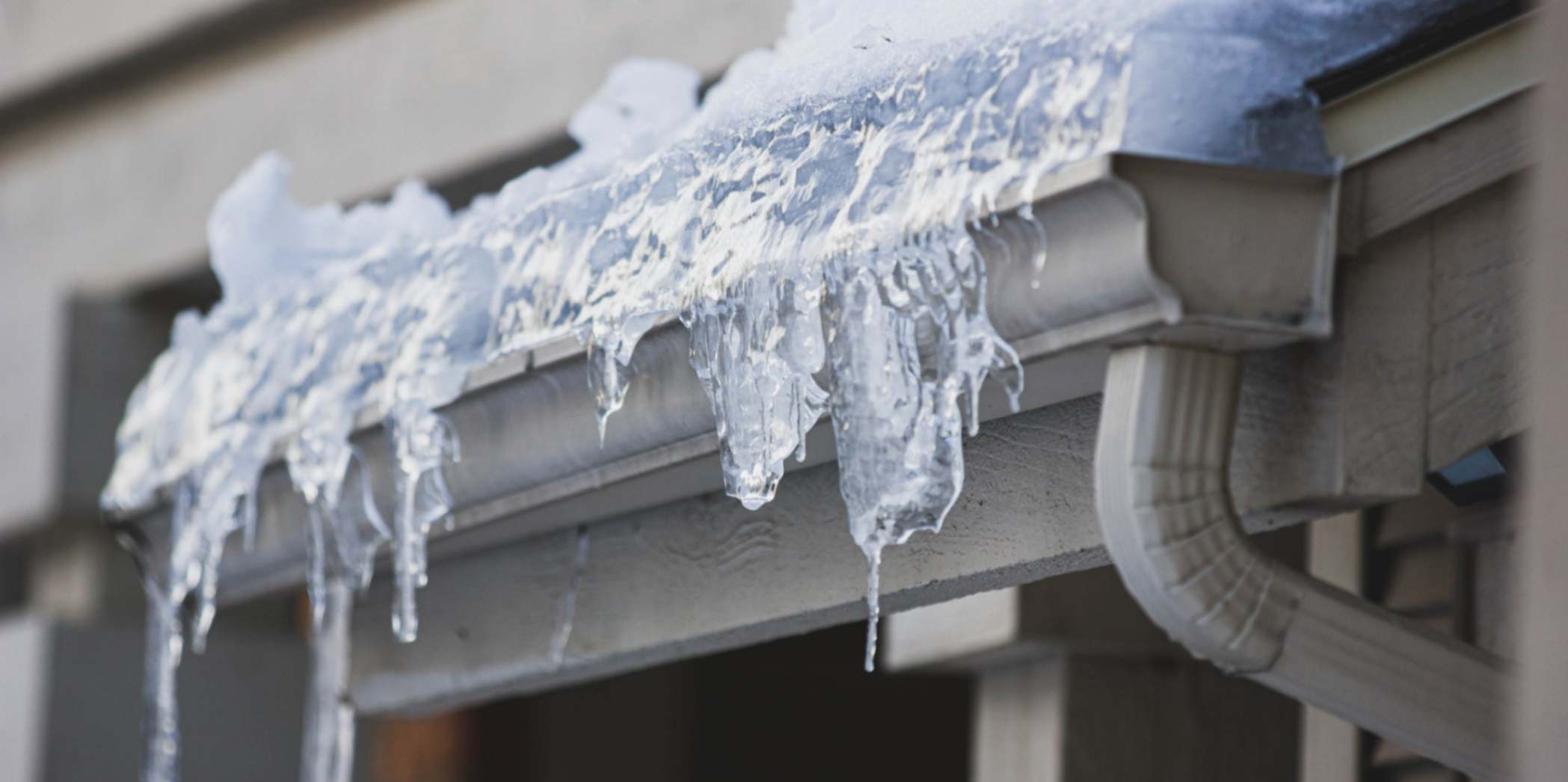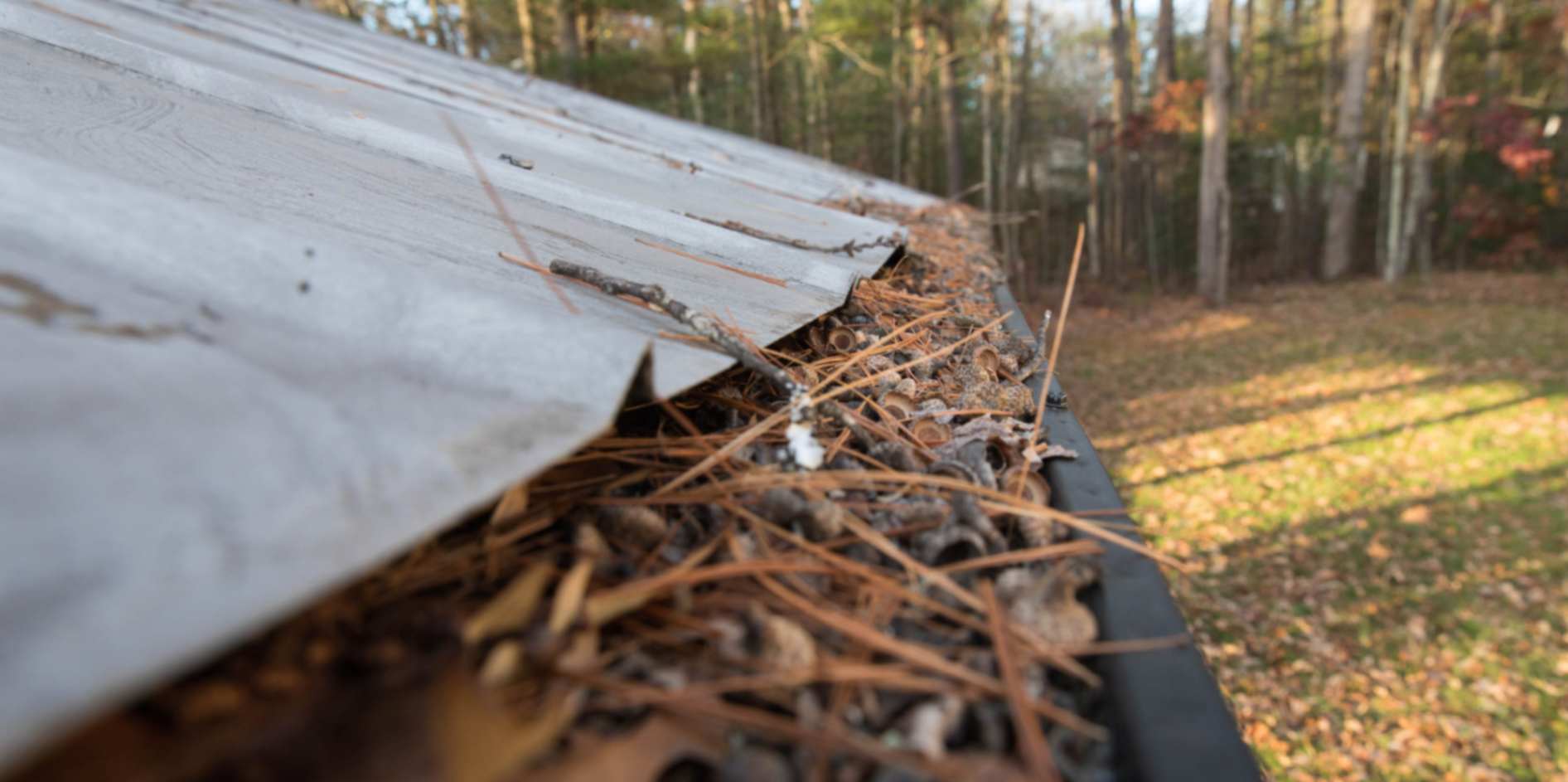Do Gutter Heaters Work?

Gutter heaters are long heated cables installed on your roof to prevent snow and ice build-up. While they can be placed directly in gutters, they are more commonly installed along the eaves of your roof. They work by melting the snow directly around the cables, creating a clear path for water to drain through your gutters. These de-icing cables aren't meant to melt all the snow on your roof, just small areas near the edges.
Ice dams result from the gradual melting of snow on the roof caused by heat loss from the house/building, solar gain (the sun warms the snow and roof surface), and temperature fluctuation. When snow is melted at below-freezing temperatures, it can refreeze in the gutter. This is because the gutter is exposed and uninsulated by the snow on the roof.
Left untreated, these ice dams can cause severe damage to your home. Modern gutter systems have been known to pull around the house. Soffit and fascia damage is also likely to happen. If water enters the home, expect damage to walls, floors, furniture, and mold growth.
How can gutter heaters prevent ice dams and icicles?
It is a simple matter of keeping the gutters and downspouts warm enough to prevent the water created by the melted snow from freezing. Using gutter heaters to accomplish this is one method to prevent gutter ice dams and icicles.
There are many different types of gutter heaters. You can install them yourself or hire someone who specializes in gutter heaters. The heaters melt the snow either at the roof's edge or inside your gutters.
When installing gutter heaters, it is also essential to route the heating cable through the downspout. If this is not done, the meltwater in the gutter can refreeze in the downspout and cause them to burst open or back up.
How effective are gutter heaters at preventing roof and gutter ice dams?
Gutter heaters can be effective at preventing ice dams. If you don't allow the melt water to refreeze in the gutters, ice dams cannot quickly form. For many homeowners, adding gutter heaters may be all that is needed. Suppose more roof ice prevention is needed because of greater snow depth, architectural features (valleys, dormers, etc.), more significant heat loss, and other factors. In that case, it is as simple as adding to the system.
The most crucial point about gutter heaters is that you must remember to turn them on a few hours before you anticipate snow and ice issues for the cable to come up to temperature. There are heat cable systems that are temperature-sensing which turn on by themselves when the temperature drops to a pre-set degree. These are more expensive and would be recommended in cold and snowy climates.
What should I do about Snow and Ice Buildup?
What are other solutions if gutter heaters are not the solution to keeping your home safe from ice dams?
Ice dams are primarily formed due to heat loss inside your home. This indicates that there is likely a crevice or gap from where heat is leaking out. The first thing you will need to do is thoroughly examine your attic and roof. Add additional ventilation or insulation to address the leak in question. Make sure that no more than 4 inches of snow are in the gutter at any point in time. Preventing snow from building up is sure to prevent ice dams from forming.
Another preventive measure is regularly using a shovel to remove snow from accumulating in your gutters, especially if you have an aluminum gutter and downspout system.
-
When Is The Best Time to Clean Your Gutters

When Is The Best Time to Clean Your Gutters
One of the best times to clean your gutters is when the season changes from autumn to winter and the last leaves have fallen. -
What are the Parts of a Gutter?
What are the Parts of a Gutter?
Gutters are complex systems comprised of various parts that all work together to keep water away from your roof and foundation.